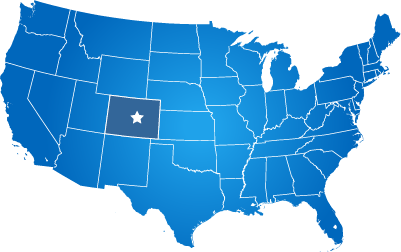Staff Portals
Staff Portals VS Intranets
An INTRANET is a website hosted on a local network within an organization. It is typically not accessed from outside the campuses of organizations unless by a VPN.A STAFF PORTAL is simply a website that has a password-protected security model so that staff members have to be logged-in to reach private content.
Who manages Staff Portals?
Typically HR departments utilize staff portal websites for presenting staff members with HR and benefit-related content.What content do staff portals typically contain?
Typically staff portals contain the following content:- Employee benefit information (healthcare, retirement accounts, time off)
- Employee News, such as celebrating birthdays and work anniversaries.
- Alerts for building closures and maintenance
- Conference room calendars
- Safety information
- HR forms, like for reporting issues or harassment.
- Time-Off request forms
- Links to online time clocks for hourly employees
- Policy manuals, including fair hiring standards.
- Employee Directories
- Secure file areas per departments
- Announcements for new job openings, typically linking to the public website’s job posting area.
- Meeting Calendars
- Upload area for submitting department reports via a form.
- Links to social media accounts.
- Branding Guides and templates (word, powerpoint, logos, more).
- Training Materials.
- Training Videos.
- Secure file areas by department
What does a staff portal cost?
The typical build cost is approximately $5000 to build, which includes design, integration, content installation, and training.
Hosting is $50 per month which includes unlimited support.
Time to build depends on size and content, which can also increase the cost.
Integration with ADP and other systems.
We are often asked about integration between staff portals and outside systems.
Most of the time, we are simply linking to those systems as they are cloud-hosted by the other providers.
The reason we call these staff PORTALS is because a portal is a jump-off point where access to all systems (time clock, benefits, etc. are all in one place).

